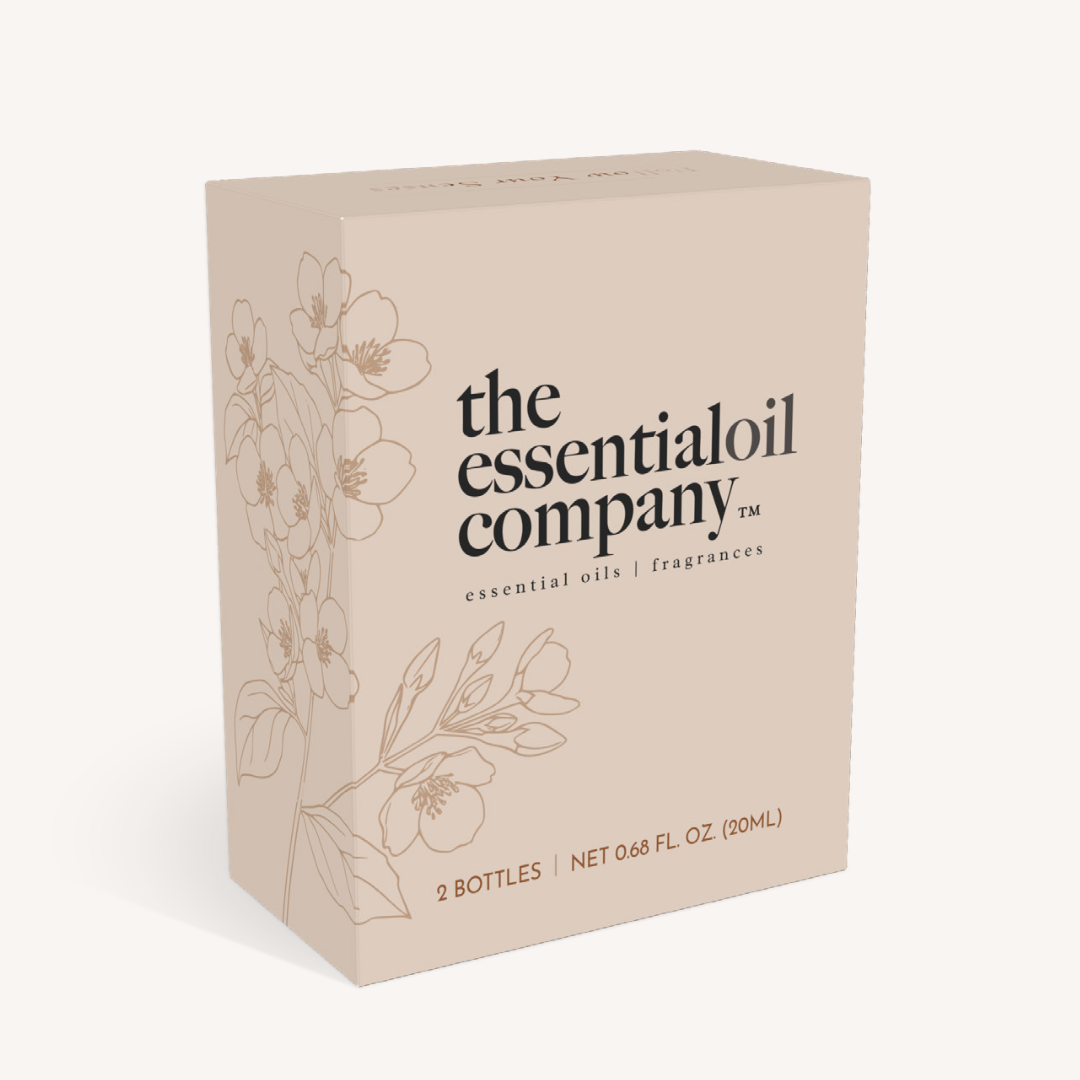Tea Tree Essential Oil is one of the most widely used essential oils for its many benefits and applications.
Plant Details
Tea Tree or Melaleuca alternifolia is a genus of plant in the Myrtaceae family. Tea tree is a tall evergreen shrub. The flowers develop clustered together in groups on the spike with as many as 80 individual flowers forming the shape. Alternifolia means "having leaves that alternate on each side of a stem.” The flower heads are sometimes said to resemble white cleaning brushes with small bristles. The leaves of Tea Trees are arranged alternately, smooth, and linear in shape. Tea Trees grow very quickly and can typically be harvested just two years after they are planted. Although the Tea Tree is native to the swampy regions of the eastern Australian coast, it can grow in many different climates and soil types including those of New Zealand, areas in the United Kingdom, and some parts of the United States.
History
Tea Tree essential oil has a long history of use for its antibacterial and antiseptic properties. Long before its commercial production, Tea Tree oil was used by native Australians, who were known to speak highly of the healing properties of the tea tree leaves. They would commonly crush the leaves to release the oil and inhale the soothing aroma to help treat colds and coughs. The leaves of the Tea Tree were also used topically to help heal wounds and combat infection and irritation. The crushed leaves would be placed over wounds and often held in place with mud poultices while the wound healed. Though the Aboriginals were aware of the healing properties of the Tea Tree for much longer, its use eventually began to spread across Australia. Australian soldiers were even issued Tea Tree oil during World War II for use as an antiseptic.
Tea Tree was given its name by eighteenth-century sailors, who made teas from the leaves of the tree that smelled like nutmeg. These sailors came across the Aboriginals in Australia preparing an aromatic tea made from sticky, camphorous leaves gathered from the Melaleuca tree. It is believed that captains brewed this tea and served it to the crews on their ships in an effort to prevent scurvy. Captain James Cook is believed to have pioneered this idea in the 1770s and is often attributed with the naming of the Tea Tree plant.
Processing and Distillation
Tea Tree essential oil is extracted from the leaves of the plant through steam distillation. Each leaf has prominent glands that are rich in essential oil. After harvesting, the branches are often chopped before being placed in the distillation unit. Dried Tea Tree leaves produce a yield of 5.8% to 7.4% by weight. The quantity of oil produced depends on the time of year that the trees are harvested, with winter producing the lowest yield. The resulting essential oil is thin and clear with a fresh, warm, and camphorous aroma.

Uses and Benefits
The benefits of Tea Tree Essential Oil are abundant and can be utilized through aromatherapy as well as topical use. Used in aromatherapy, Tea Tree essential oil can be calming to the mind, allowing the brain and body to relax while also reducing feelings of stress. This also allows Tea Tree oil to improve sleep quality and promote falling asleep faster and experiencing a deeper sleep. Tea Tree essential oil also possesses expectorant properties that make it effective in relieving congestion and helping to alleviate respiratory infections.
Used topically, Tea Tree essential oil is a powerhouse for the skin and can help with a variety of issues. Because of its antibacterial and anti-inflammatory properties, tea tree can help to provide relief to minor burns, cuts, insect bites, and general skin irritation. It works to ease pain and decrease any bleeding while also eliminating bacteria from the wound, and promoting faster healing. Tea Tree essential oil can help to improve the appearance and feel of acne-prone skin. It is known to cleanse the skin and improve the look of pores, while also eliminating blemishes and helping to reduce signs of aging. Tea Tree oil can also help to balance oily skin and soothe skin inflammation, including that which may be caused by topical allergic reactions. Used in hair care, Tea Tree is known to soothe dry and flaking skin on the scalp and help to eliminate dandruff. It can also boost circulation to the scalp which stimulates hair growth.
Tea Tree essential oil has antibacterial, antimicrobial and odor eliminating properties that make it useful in natural deodorants. These benefits can also be seen to combat fungal infections including Athlete’s Foot and toenail fungus. Tea Tree oil’s antibacterial properties make it great for use in household cleaning products and soaps. It can help to reduce unwanted odors in laundry, carpets, and linens as well as freshen the air in our homes. When used to clean surfaces, Tea Tree can work to remove bacteria and pesky germs while leaving behind a fresh, clean scent.
Here are some recipes using Tea Tree essential oil that we love...

Germ-Free Zone Diffuser Recipe
- 3 drops Tea Tree Essential Oil
- 2 drops Eucalyptus Essential Oil
- 2 drops Lemon Essential Oil
- 2 drops Lavender Essential Oil

Tea Tree and Charcoal Soap
Ingredients
- 2lb Shea Butter Melt and Pour Soap Base
- 2 tsp Activated Charcoal
- 10ml Tea Tree Essential Oil
Supplies
- Heat Safe Bowl
- Glass Measuring Cup
- Pot or Double Boiler
- Spoon or Rubber Spatula
- 1lb Loaf Mold or 4 Individual Molds
- 99% isopropyl alcohol in a misting spray bottle
Instructions
- Chop one pound of shea butter melt and pour soap base into smaller pieces and add to a heat-safe bowl.
- Place the bowl on top of a pot with a few inches of water in it. Bring the water to a bowl and gently melt the soap, stirring occasionally. You could also use a two-piece double boiler for this step.
- Remove the soap from heat and scoop out about half of a cup into your measuring cup.
- Stir 2 teaspoons of activated charcoal into the soap and pour it back into the rest of the soap mixture. This makes it easier to fully incorporate the charcoal.
- Add 10ml of Tea Tree essential oil and thoroughly stir everything together.
- Pour into your mold or molds and mist the top with 99% isopropyl alcohol to dissipate any air bubbles.
- Allow to cool and harden at room temperature for at least two hours.
- Remove the soap from mold and wrap it tightly for storage.

Tea Tree Surface Cleaner
Ingredients
- 16oz Amber Glass Bottle with spray top
- 1 cup of White vinegar
- 1 cup of Distilled Water
- 15 drops of Tea Tree Essential Oil
- 10 drops of Lavender Essential Oil
Instructions
Combine all the ingredients into a 16oz glass spray bottle and shake very well until thoroughly combined. This spray can be used to clean floors, wood furniture, countertops, tables, sinks, and all of your bathroom & kitchen surfaces. Shake well before each use and store in a cool, dark area out of the reach of children and pets.

Goodbye Pores Toner Spray
Ingredients
- 2 ounce Amber Glass Bottle with spray top
- 1 ½ ounce of Witch Hazel
- ½ ounce of Aloe Vera Oil
- 20 drops of Tea Tree Essential Oil
- 10 drops of Frankincense Essential Oil
Instructions
Add all the ingredients to the bottle and shake well to combine. Spray on skin after cleansing. Shake well before each use and store in a cool, dark area out of the reach of children and pets.

Herbal Scalp Revival Oil
Ingredients
- 2 ounces of Amber Bottle with Dropper
- 1 ounce of Sweet Almond Oil
- 1 ounce of Jojoba Oil
- 10 drops of Rosemary Essential Oil
- 8 drops of Tea Tree Essential Oil
- 6 drops of Lavender Essential Oil
Instructions
Add all the ingredients to the bottle and give it a good shake to combine. Add a few drops to your hands and massage into the scalp to help stimulate hair growth and relieve itchiness and irritation. Shake well before each use and store in a cool, dark area out of the reach of children and pets.






